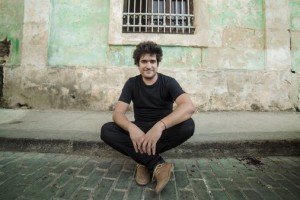Betto Arcos for NPR –
You can hear Harold Lopez-Nussa’s training when he plays. The 33-year-old pianist is reluctant to admit the classical influence on his jazz playing, but he’s quick to acknowledge that he, like many other great Cuban pianists, was classically trained. “This is the school that we have to learn music in Cuba; it’s classical,” he says. “I did all my stuff there from 8 years old to 25.”
Ned Sublette, author of the book Cuba and Its Music, From the First Drums to the Mambo, says the education Lopez-Nussa received in Cuban conservatories was unique. “He had a level of training that it’s really hard to get anywhere else,” he says.
Sublette explains that the Cuban Revolution in 1959 led to more investment in music education. “The new revolutionary government made culture a priority,” he says. He also points out that this robust system of conservatories is still operating. “You will meet Cuban musicians who have been trained from childhood to be competitive professional musicians — and most of them have a conservatory background,” he says.
But music school isn’t the only part of a musician’s education. Sublette, quoting British musicologist Geoff Baker, says Cuban musicians have four main streams of influence: “family, conservatory, street and religion.”
Harold Lopez-Nussa certainly draws on the first two. His grandparents were musicians, his father is a respected drummer and music educator and his mother was a piano teacher. “I have the music in my body and my blood,” Lopez-Nussa says. “Eighty percent of what I’m doing today and why I’m a musician is because of my family.”
(12/1/16)
